Introduction
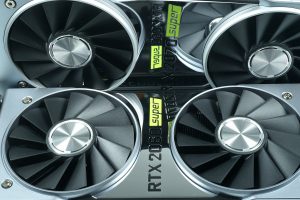 Without going into internals too much, this time I have to start with the fact that this article was written exclusively here in Germany in my laboratory and no longer in the usual cooperation with my esteemed US colleague Chris Angelini, who has been the most important member for 10 years. gaming benchmarks and often parts of the theory. Why this long-standing and very successful cooperation was unilaterally terminated so shortly before the launch and administratively also very strictly prevented, one can guess, but I will not comment further.
Without going into internals too much, this time I have to start with the fact that this article was written exclusively here in Germany in my laboratory and no longer in the usual cooperation with my esteemed US colleague Chris Angelini, who has been the most important member for 10 years. gaming benchmarks and often parts of the theory. Why this long-standing and very successful cooperation was unilaterally terminated so shortly before the launch and administratively also very strictly prevented, one can guess, but I will not comment further.
There are things that are as they are and therefore do not belong in the public domain. Nevertheless, i would like to take this opportunity to express my thanks once again to my esteemed colleague, because it was a very interesting and very effective cooperation for all those involved.
When such things appear unannounced, unplanned and on the verge of a very high-heeled launch date, it not only confuses the schedules, but in a way you have to improvise before you find a new basis. In today's two launch articles, of course, all my shares are in the usual form and detail, only with the benchmarks I had to limit myself a bit this time with the number (not the detail). But there are also the colleagues of the other media with countless launch articles, so that in the end no one has to die stupidly.
This will be about concentrating on my core competencies now and in the future, the rest will come from itself anyway. The laboratory will be expanded again in the next days and weeks, so that for the future a self-sufficient work will not be a burden, but a pleasure. This also applies to the envisaged cooperation with my French colleagues, with whom I am almost perfectly involved. Europe first also goes, which is only once on the margins
Quo Vadis RTX 2070?
The fact that the RTX 2070 is being upgraded is one thing, because this card hasnot sold so badly. The other thing is the GeForce RTX 2070 Super, which wants to scratch the RTX 2080, which in turn, according to the distributors and the board partner, does not really want to be sold – at least as far as the expected quantities are concerned. Price and performance are only one facet, because this card somehow lacked the target group. For Ultra-HD usually too slow and for QHD often far too expensive, because there is already a GeForce RTX 2070 can tidy up properly.
The new S(uper) class could also benefit from ray tracing once there are enough games for the respective target groups. Then QHD also goes with radiation tracking and in just as affordable for the masses. Whether this GeForce RTX 2070 Super can still fill the gap in the market that an RTX 2080 often in vain was aiming for – you'll have to see. The will is somehow there, only the buyer has to play along. Because in the end it is nothing more than an RTX 2070 Ti, which was not allowed to be called that.
The TU104-410 of the GeForce RTX 2070 Super
The TU104-410 of the GeForce RTX 2070 Super is reduced to 2560 CUDA cores, 320 tensor cores, 40 RT cores, 160 TMUs and 64 ROPs compared to the full version TU104-400 on the RTX 2080. The number of GPC (Graphics Processing Clusters) varies between 5 and 6 depending on the chip and type of recovery. The card will have clock frequencies in the range of 1605 MHz (base clock) and 1770 MHz (boost) and can thus simultaneously deliver up to 9 TFLOPS computing power. The 40 RT cores can deliver about 7 giga-rays per second in ray tracing performance.
Like the RTX 2080, the RTX 2070 has super 4 MB L2 cache. Otherwise, everything I have already written in the launch articles for the GeForce RTX 2070 FE and the GeForce RTX 2060 FE applies. And if you want to find out more about all the RTX features in detail, please refer to my long basic article "Nvidia GeForce RTX 2080 Ti and RTX 2080 – what is really hidden behind Turing" on the subject of RT. This, too, is read-proof and certainly worthwhile.
The TU104-410 also receives the same 256-bit memory bus as the TU104-400, which has eight 1 GB GDDR6 memory modules with 14 Gb/s data rate, resulting in bandwidth of up to 448 GB/s. As with the GeForce RTX 2080, NVLink support is at least active with one link, which makes the card a little more attractive, because the RTX 2070 was not allowed to use this feature.
The 545 mm2 chip chip contains 13.6 billion transistors. Compared to the GeForce GTX 1080 Ti with its 12 billion Transistors on 471 mm2 may seem like a lot, but we must also remember that the chip is cropped and large parts lie fallow.
Unboxing and technical data
Compared to the GeForce RTX 2080 FE, the map also has a slight visual change, with the reflective surface on the cover being a great fingerprint file. As with the RTX 2080, the connectors rely on three DisplayPort ports and an HDMI 2.0 port. The USB Type-C jack is also at the start, NVLink is also available at the top of the board. The rest is as usual and for the details there is also the complete tear down.
Here's a first look at the latest version of GPU-Z:
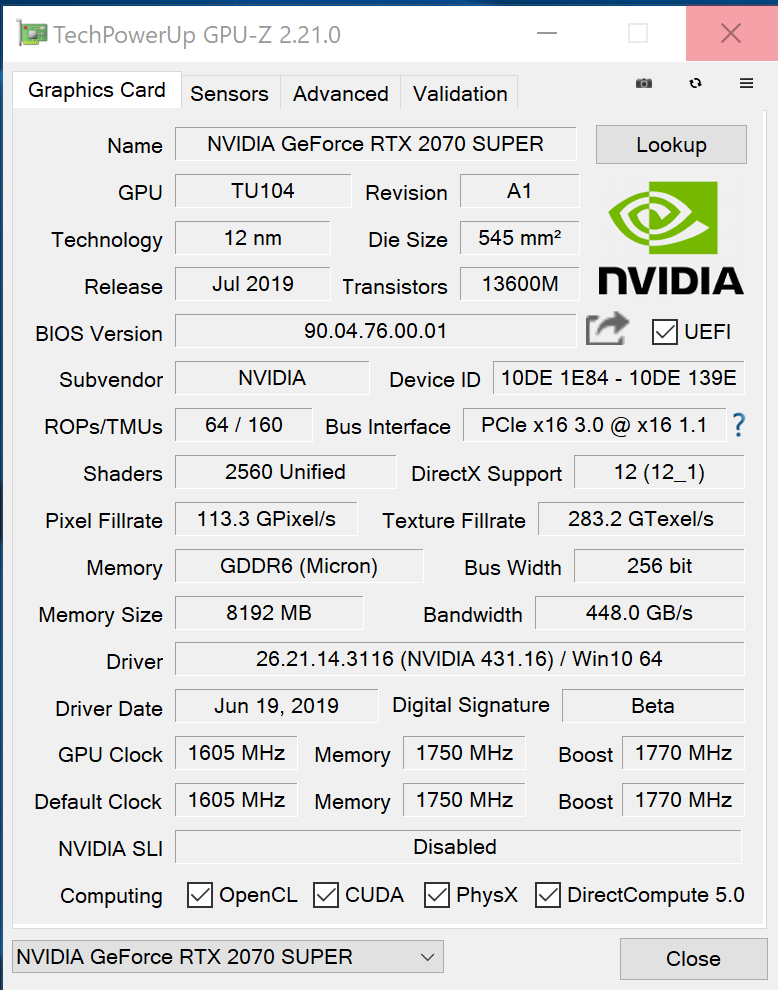
Instead of my own analysis, however, I have at least the technical data at a glance, for which one does not need any physically existing test objects:
| GeForce RTX 2060 Super |
GeForce RTX 2070 FE |
GeForce RTX 2070 Super |
GeForce RTX 2080 FE | |
| Architecture (GPU) |
Turing (TU106-410) | Turing (TU106-400) | Turing (TU104-410) | Turing (TU104-400) |
| CUDA Cores |
2176 | 2304 | 2560 | 2944 |
| Tensor Cores |
272 | 288 | 320 | 368 |
| RT Cores |
34 | 36 | 40th | 48 |
| Texture Units |
136 | 144 | 160 | 184 |
| Base Clock Rate |
1470 MHz | 1410 MHz | 1605 MHz | 1515 MHz |
| GPU Boost Rate |
1650 MHz | 1710 MHz | 1770 MHz | 1800 MHz |
| Storage expansion |
8GB GDDR5 | 8GB GDDR6 | 8GB GDDR6 | 8GB GDDR6 |
| Storage bus |
256-bit | 256-bit | 256-bit | 256-bit |
| Bandwidth |
448 GB/s | 448 GB/s | 448 GB/s | 448 GB/s |
| Rops |
64 | 64 | 64 | 64 |
| L2 Cache |
4 MB | 4 MB | 4 MB | 4 MB |
| Tdp |
175 W | 185 W | 215 W | 225 W |
| Transistors |
10.8 billion | 10.8 billion | 13.6 billion | 13.6 billion |
| The size |
445 mm2 | 445 mm2 | 545 mm2 | 545 mm2 |
| Sli |
No | No | NVLink x8 | NVLink x8 |
Test system and measurement methods
I have described the test system and the methodology in the basic article "How we test graphics cards, as of February 2017 already in great detail and therefore for the sake of simplicity now only refer to this detailed description. So if you want to read everything again, you are welcome to do so. Since I am now testing independently here in Germany, the test system has also been upgraded again without having to take into account colleagues.
In this regard, I would like to express my thanks to MIFCOM in Munich, who provide us with the appropriate Intel CPUs, as Intel was and is not willing to sampling at all. For reasons of objectivity, we also accept only offers to which no substantive conditions are attached.
If you are interested, the summary in table form quickly provides a brief overview:
| Test systems and measuring rooms | |
|---|---|
| Hardware: |
Intel Core i9-9900 KF MSI MEG Z390 ACE 2x 8GB KFA2 HoF DDR4 4000 1x 1 TByte Patriot Viper (NVMe System SSD) 1x Seagate FastSSD Portable USB-C Be Quiet Dark Power Pro 11, 850-watt power supply |
| Cooling: |
Alphacool Ice Block XPX 5x Be Quiet! Silent Wings 3 PWM (Closed Case Simulation) Thermal Grizzly Kryonaut (for cooler change) |
| Housing: |
Lian Li PC-T70 with expansion kit and modifications Modes: Open Benchtable, Closed Case |
| Monitor: | Eizo EV3237-BK |
| Power consumption: |
non-contact DC measurement on the PCIe slot (Riser-Card) non-contact DC measurement on the external PCIe power supply Direct voltage measurement on the respective feeders and on the power supply 2x Rohde & Schwarz HMO 3054, 500 MHz multi-channel oscillograph with memory function 4x Rohde & Schwarz HZO50, current togor adapter (1 mA to 30 A, 100 KHz, DC) 4x Rohde & Schwarz HZ355, touch divider (10:1, 500 MHz) 1x Rohde & Schwarz HMC 8012, digital multimeter with storage function |
| Thermography: |
1x Optris PI640, 2x Xi400 Infrared Cameras Pix Connect evaluation software with profiles |
| Acoustics: |
NTI Audio M2211 (with calibration file) Steinberg UR12 (with phantom power for the microphones) Creative X7, Smaart v.7 own low-reflection measuring room, 3.5 x 1.8 x 2.2 m (LxTxH) Axial measurements, perpendicular to the center of the sound source(s), measuring distance 50 cm Noise in dBA (Slow) as RTA measurement Frequency spectrum as a graph |
| Operating system | Windows 10 Pro (1903, all updates), driver as of 06/28/2019 |
- 1 - Einführung und Übersicht
- 2 - Tear Down: Platine und Kühler
- 3 - The Division 2
- 4 - F1 2019
- 5 - Far Cry 5
- 6 - GTA V
- 7 - Metro Exodus
- 8 - Shadow of the Tomb Raider
- 9 - Total War: Three Kingdoms
- 10 - World War Z
- 11 - Leistungsaufnahme im Detail
- 12 - Temperatur, Takt, Infrarot
- 13 - Lüfter und Lautstärke
- 14 - Zusammenfassung














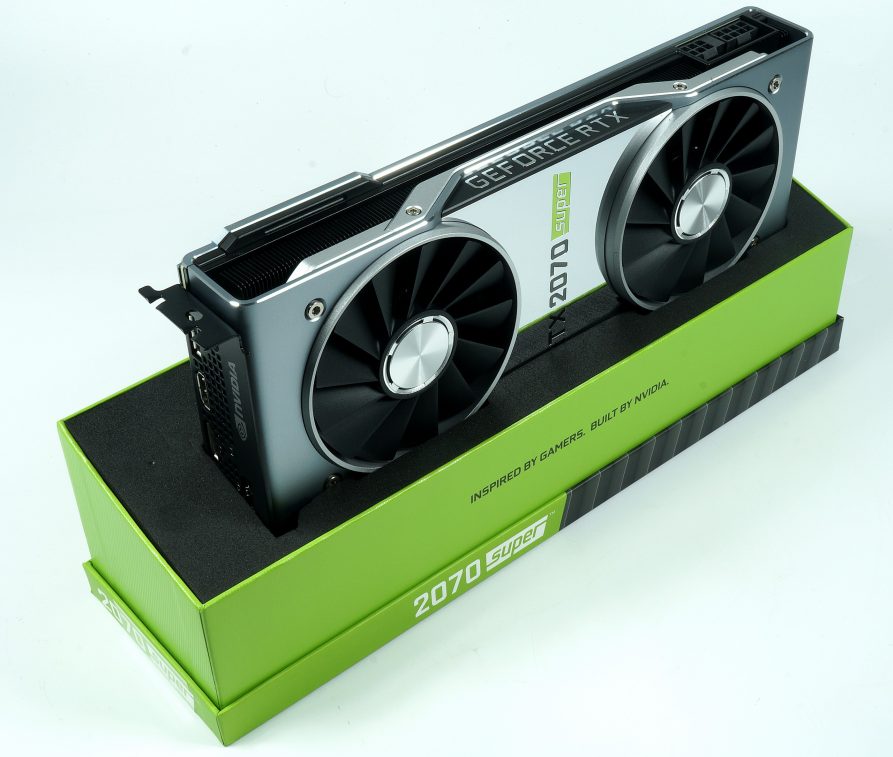
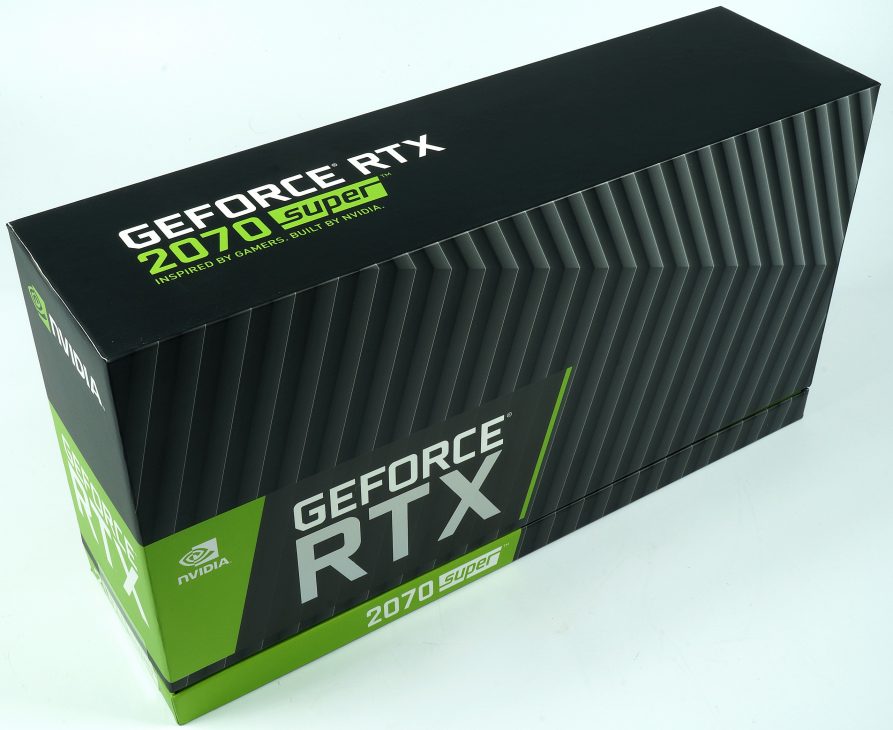








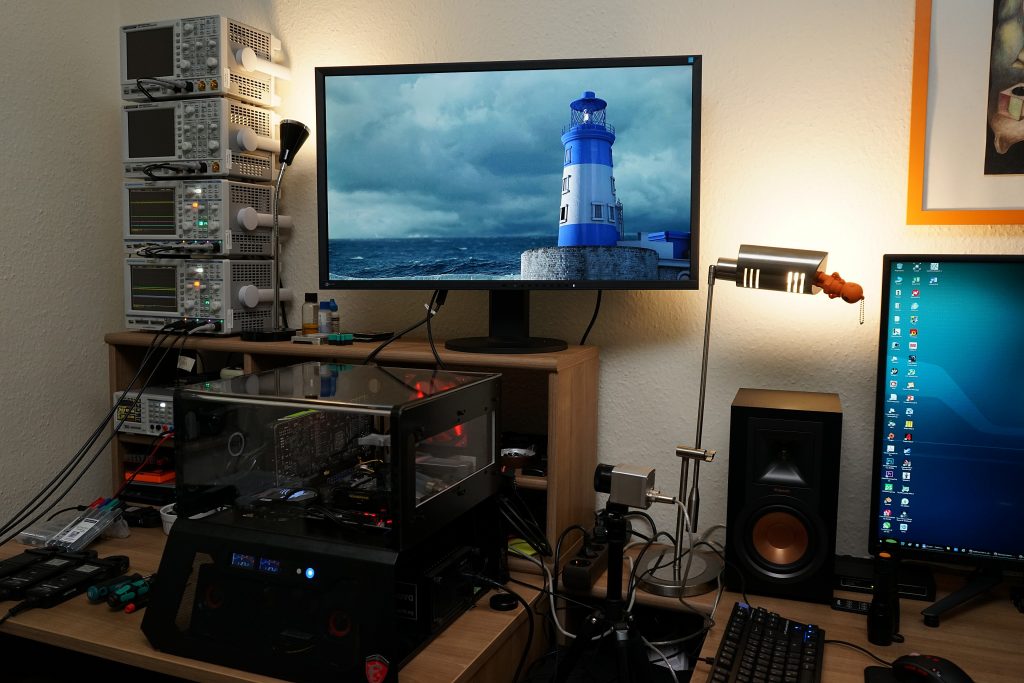



















Kommentieren